Physics projects are some of the most memorable science projects your kids will ever try. There, I said it even if you don’t believe it!
You see, physics is the branch of science that studies flying, launching, moving, and floating, as well as magnets, motors and electrical circuits, heat, light, and sound. Physics is fun! After you look over some of the projects in this collection I hope you’ll agree.
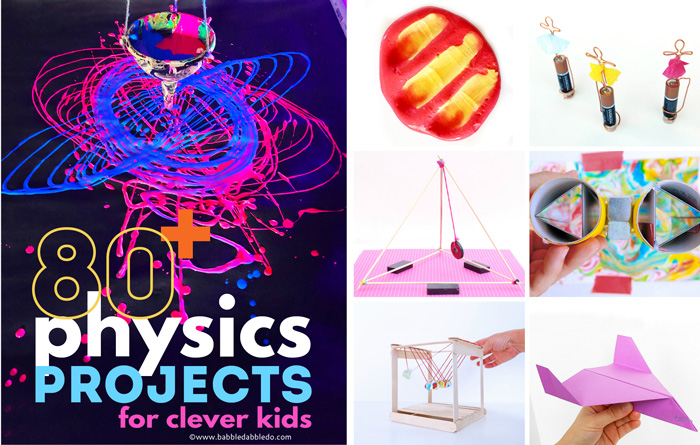
Now before we begin I want to address a common notion a lot of folks have about this branch of science: Physics is really hard! I completely understand this thought.
In fact the only class I ever almost failed in my entire academic career was physics. And I know why. Physics was presented to me as formulas about force, equilibrium, and momentum with not one single demonstration. Then I walked into a structural engineering class where we discussed the forces at work in designing buildings and my teacher told us he didn’t want us to open a book all quarter. Instead he told us to build models. He wanted us to experiment with how forces really interact in a structure by testing them in hands-on experiments. It was a profound experience for me and suddenly all the book learning “clicked.”
My goal with this collection of projects is to make physics more accessible and inviting to parents, teachers, and kids alike! But before we dive into the physics projects let’s get a bird’s eye view of what physics is all about!
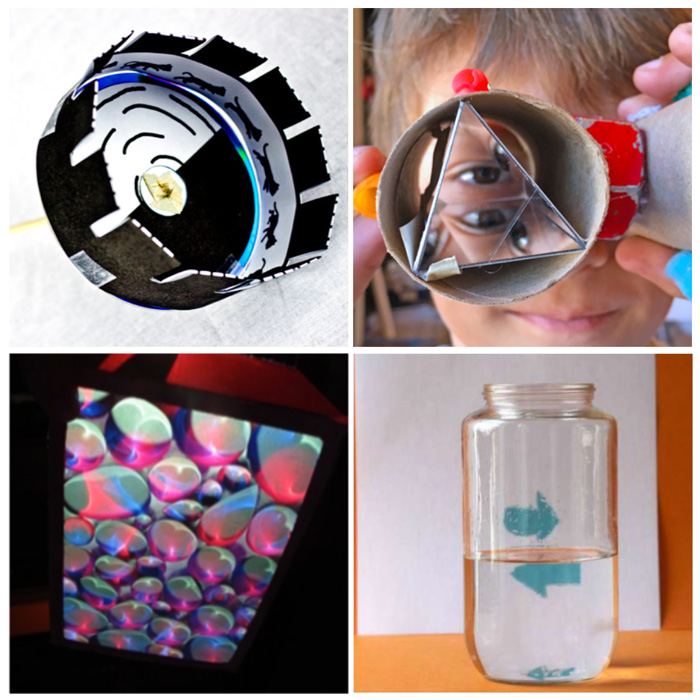
What is the study of physics?
Physics is the branch of science that studies matter, how it moves and how it interacts. It is a HUGE topic and there is a lot of overlap with chemistry and biology. It’s really easy to hear the word physics and have your eyes glaze over, but in simple words physics is the study of how things move and interact with each other.
How do you explain physics to a child?
The best way to explain physics to kids is to skip an explanation and do a demonstration. Since physics encompasses the study of motion, light, electricity, magnetism, and aerodynamics, instead of trying to explain these concepts demonstrate them! I am a big believer in hands-on projects that give kids a chance to experience and experiment with a scientific concept rather than just hear or read about it. We all know an amazing project is memorable while a wordy explanation is forgettable. Kids are great visual learners so give them the chance to get excited about physics through projects!
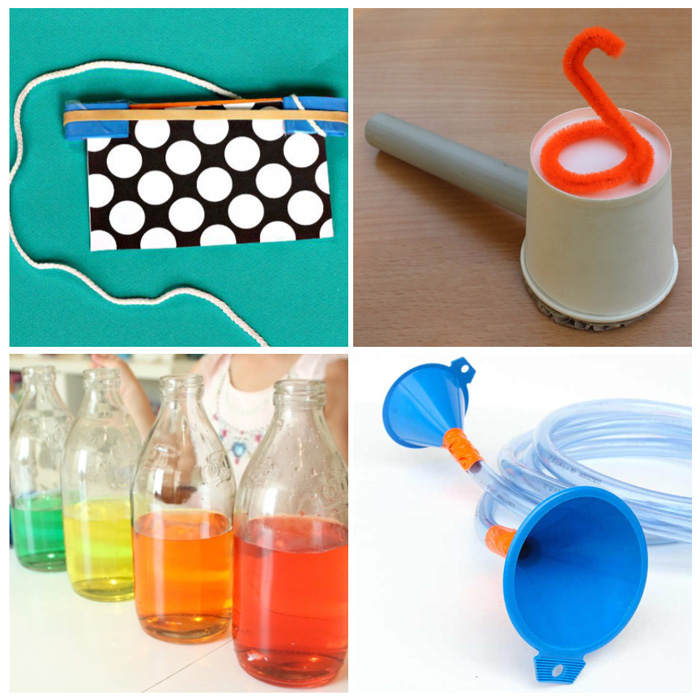
What are main branches of Physics?
While I was assembling this post I realized scientists define the branches of physics in many different ways. The following is a list of the most commonly cited branches of physics compiled from both online and offline resources:
- Mechanics This includes force, motion, fluid and aerodynamics, and is the branch most people think of when they hear the word physics.
- Electromagnetism Electricity is physics!
- Thermodynamics
- Optics
- Sound and Waves
- Quantum Mechanics This is for the very serious! It’s the branch that studies atomic particles.
80+ Physics Projects for Kids
How to use this guide
The physics projects for kids featured here are sorted by branches of physics and subcategories as follows (click on the topic to skip to that section):
- Mechanics and Motion: Work & Energy, Newton’s Law’s of Motion, Radial Forces, Gravity, and Balance
- Electromagnetism & Electricity: Magnetism, Electricity
- Optics & Sound
- Heat, Liquids, and Air: Thermodynamics, Hydrodynamics, & Aerodynamics
Some topics and categories were really easy to find great projects for (work and energy) some were more challenging (thermodynamics) and at least one impossible (Quantum mechanics, but that’s okay!). We tried to assemble as many as we could on this list!
Please note that many of these projects could fit in two or more categories as they demonstrate various principles and forces. I only classified them once on this list.
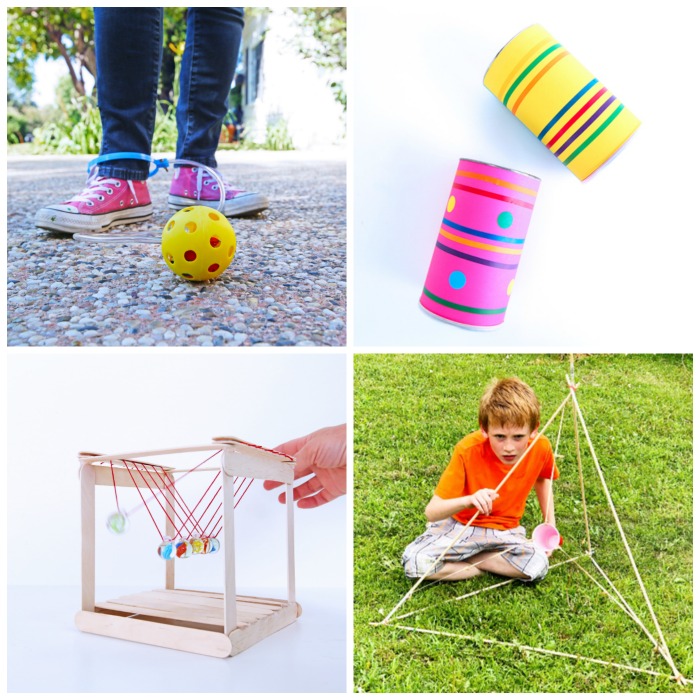
Mechanics and Motion
When most people think of physics they think about mechanics and motion. Mechanics refers to the motion of objects and motion is the position change of an object over time. Everything around us is constantly in motion. Even when we consider ourselves to be sitting still, the earth is rotating on its axis and moving around the sun.
Scientists have studied motion over the centuries and determined there are laws that can explain the motion of objects. These laws revolve around the idea of forces.
A force is something that pushes or pulls on an object to make it move. A force can make an object speed up (like kicking a ball) or or slow down (like friction) or hold an object in place (like gravity). Momentum is the force an object has based on its weight and motion. For a deeper look into forces go here.
In this section we’ll cover projects that focus on motion including 3 of the most famous laws of motion as outlined by Sir Isaac Newton.
Work and Energy Projects
Energy is defined as the ability to do work. Work refers to the amount of energy needed to move something over a distance using a force. The Law of Conservation of Energy states that energy is never created or destroyed it is simply changed from one state to another.
Potential Energy vs. Kinetic Energy
Two types of energy frequently disucssed in phyiscs are kinetic energy and potential energy. Kinetic energy is energy in motion. Potential energy is energy that is stored. An example of potential enrgy is a rubber band twisted up and held in place. Once the rubber band is released it unwinds quickly as kinetic energy.
Here are some projects that demonstrate work and energy:
Featured Work & Energy Videos:
Newton's Laws of Motion
Sir Isaac Newton was a mathematician and scientist who studied motion in the 1600's. He is credited with discovering the force of gravity as well as developing three laws of motion to describe how objects move. We'll look at each law of motion and some projects that highlight them below.
Newton's First Law of Motion is called the Law of Interia and states: An object at rest tends to stay as rest and an object in motion tends to stay in motion unless acted upon by an external force.
Newton's Second Law of Motion states that the acceleration of an object depends on the force applied to the object and the object's mass. The relationship can be described with the following formula: F=ma
Force= Mass x Acceleration
Newton's Third Law of Motion states: For every action there is an equal and opposite reaction.
Here are some projects that focus on the laws of motion:
Radial Forces
Kids love things that spin! There are several types of forces and movement that act upon objects as they spin:
Angular Momentum The momentum of an object rotating around a point.
Centripetal Force A force that pulls an object towards the center point, causing it to move in a circular path. The force is always orthogonal to the fixed center.
Centrifugal Force A force that pushes away from the center as an object is spinning. It's not a REAL force but an apparent force.
Friction is a force that slows down objects sliding against each other. It's the reason that spinning tops eventually slow down. If there was no friction on between the point on which a top spins and the surface on which it is spinning, it would spin forever!
Featured Radial Forces Videos:
Gravity
Gravity is a force that attracts two bodies together. It's also the natural force that pulls everything towards the earth. The greater the mass of an object the more garvitational pull it has.
Scientists measure the acceration of gravity at the Earth's surface at 32 feet per second squared! That means the longer an object is free falling the more it's speed increases (not accounting for air resistance).
Here are some phyics projects for kids that explore the force of gravity and speed:
Featured Gravity Videos:
Balance
In phyiscs we use the word balance to describe a situation in which two forces are equal in magnitude and extered in opposite directions.
See saws and scales are two easy wasy to illustrate the concept of balance to kids. Here are some additonal project ideas:
Featured Balance Project Videos
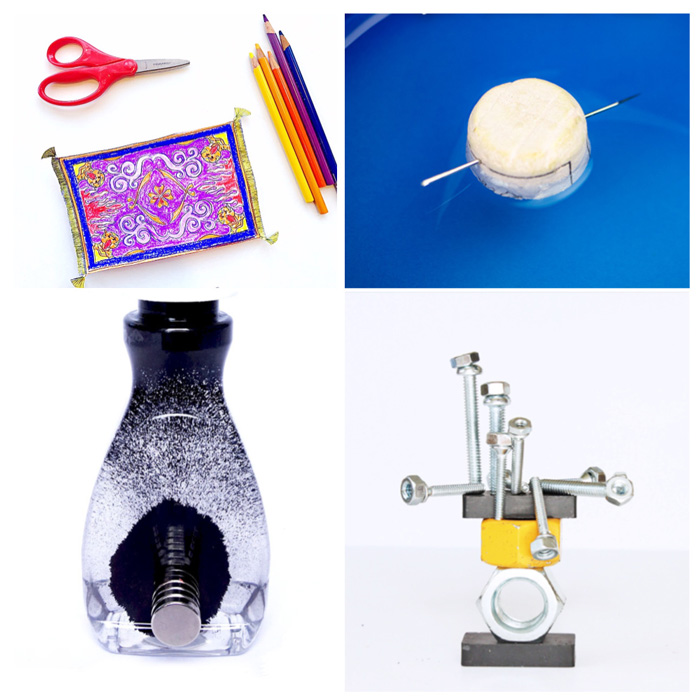

Electromagnetism & Electricity
Did you know that electricity and magnetism are physics topics? Both of these “invisible” forces are some of kids’ favorites to explore through hands-on projects!
Magnetism
Magnetism describes a force that attracts or repels objects that are made of magnetic material.
A magnet is a type of material that attracts iron and produces it's own magnetic field. Magnets have a north and a south pole. If you hold two magnets close to each other and place like poles together the magnets will repel each other. If you place the opposite poles together they will quickly attract each other.
How to Make a Compass - Magnetic Science Experiment for Kids
Featured Magnetism Videos
Electricity
Electrical force is a force that causes electically charged bodies to either repel or attract. It's the force that carries electrical current through a wire. There are two types of electrical charges: positive and negative.
Similar to magentism like charges REPEL each other and opposite charges ATTRACT each other.
Here are some fun ways to explore elctriclty with kids.
Featured Electricity Videos
Optics & Sound
What we see and hear is determined by physics! This includes the behavior of light waves and sounds waves, those that we can perceive and those we cannot.
Optics
Light is a type of energy made up of photons. Our eyes can perceive some of it and some forms we cannot perceive at all. Light travels in both wave form and particle form.
Photons are particles which can transmit light.
Optics is the study of light's behavior as well as tools we use to study and understand it, including how our eyes perceive it.
For a further study of light head over here.
Featured Optics Videos
Sound
Sound is a vibration that travels in waves and can be detected by the ear. Sound can be transmitted through air, water, and solids.
Here are some projects that make use of sound and vibrations:
Featured Sound Videos
Heat, Liquids, and Air
Physics also covers the study of heat and fluid dynamics which includes aerodynamics (the study of movement in air and gases) and hydrodynamics (the study of movement in liquids) .
Thermodynamics
Thermodynamics is the branch of physics that studies heat and heat transfer. When two obejcts of different temperatures come in contact, energy will transfer between them until they reach the same temperature and are in a state of equilibrium. Heat always transfers from the higher temperature to a lower temperature. You can read more about heat here.
Featured Thermodynamics Videos
Hydrodynamics
Hydrodynamics is the study of how fluids move and behave and the forces they exert. And let's be honest, kids love playing with water so use it an an entree to science!
Simple Machines Science Lesson: Lift Water with An Archimedes' Screw
Featured Hydrodynamics Videos
Aerodynamics
After playing with water I'd say thay making things fly ranks very high on kids' must try list! Aerodynamics focuses on air movement and the forces at work as objects move through the air. It's the physics branch that let's kids explore building planes, helicopters, and rockets!
More Physics for Kids Resources
The following websites are terrific resources for more information on the wonderful world of physics! These all offer in depth explanations about the phenomena we touched on above and some of them also offer additional physics projects to try.
More Science on Babble Dabble Do
There’s lots more science on Babble Dabble Do! Here are some additional projects collections for you to check out:
50+ Chemistry Projects for Kids


30+ Science Fair Projects That Will Wow the Crowd
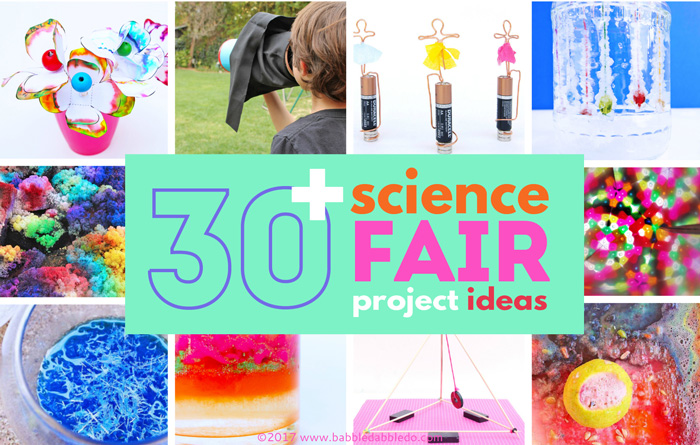

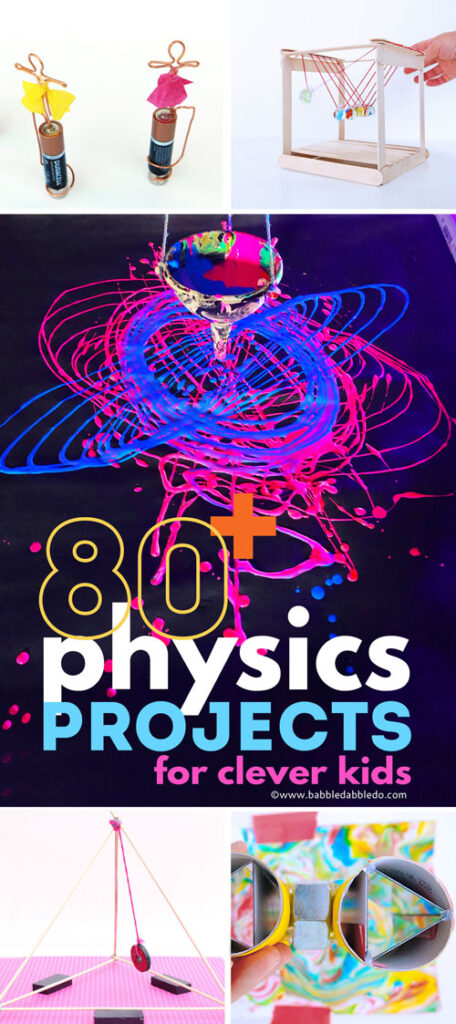



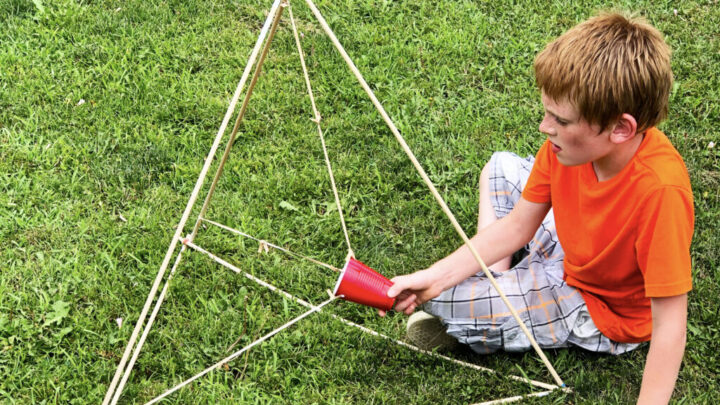
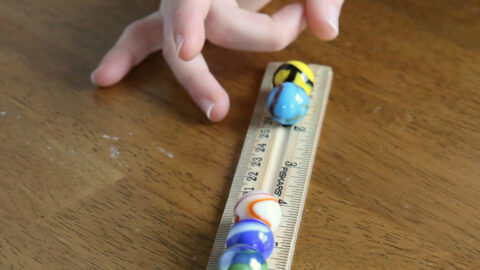
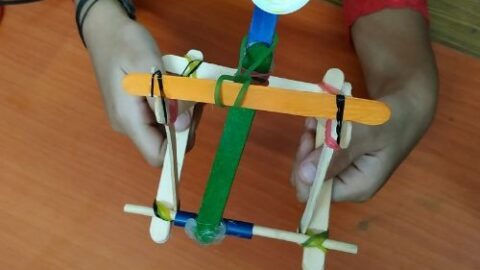
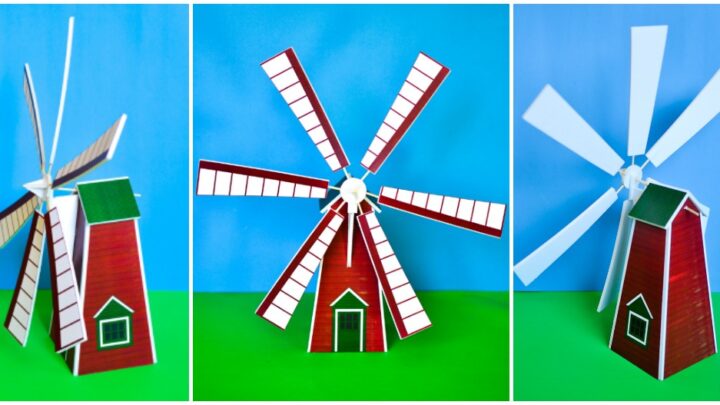
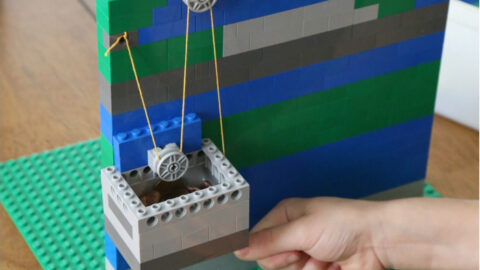
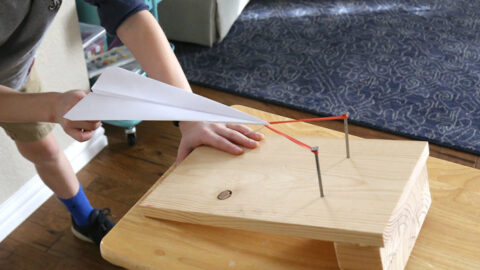
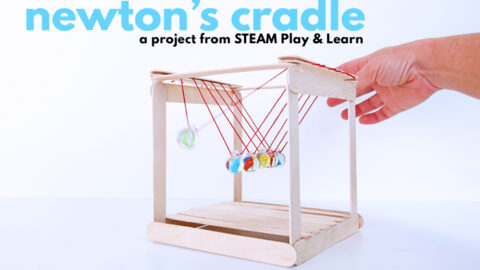
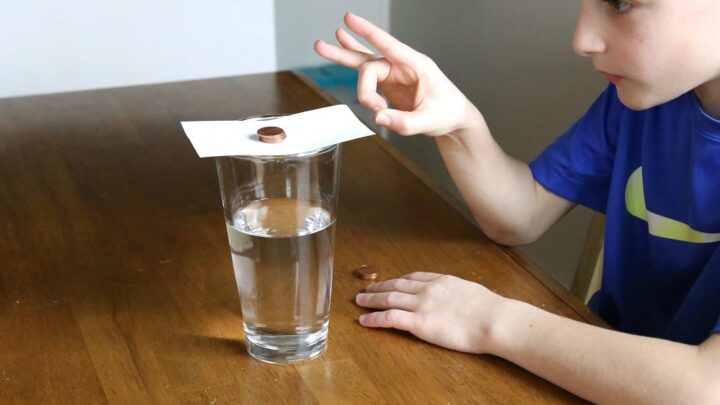
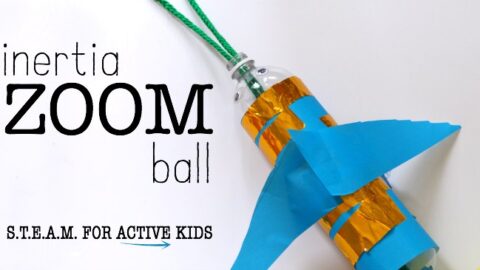
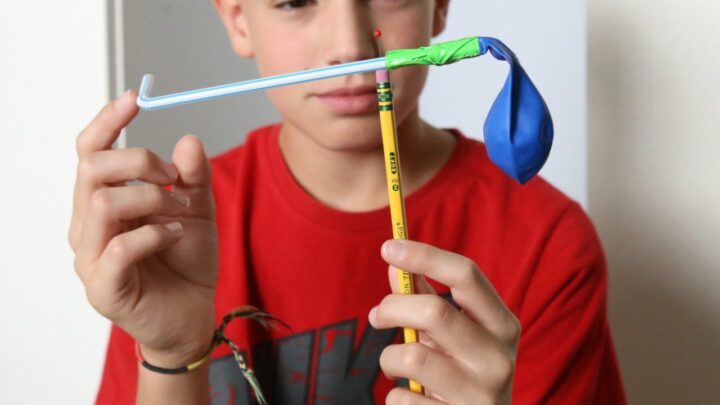
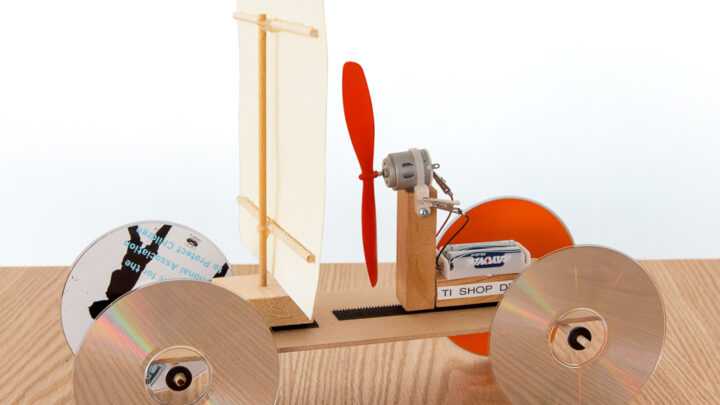



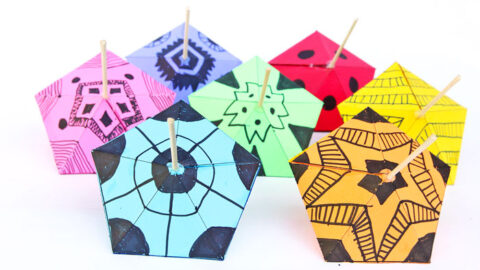






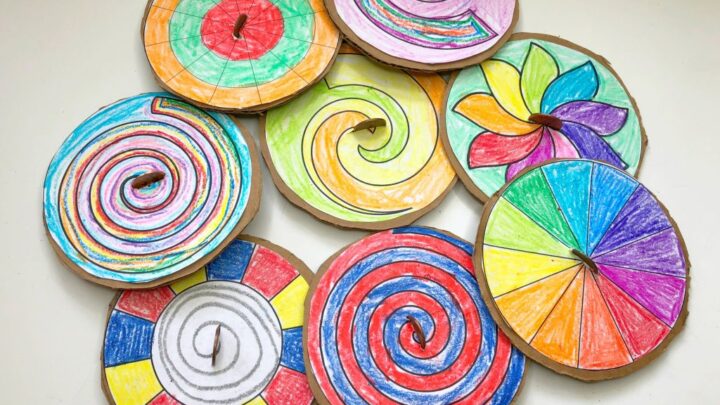
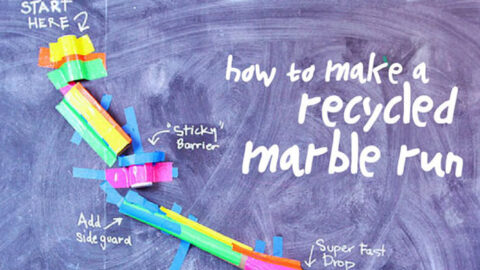
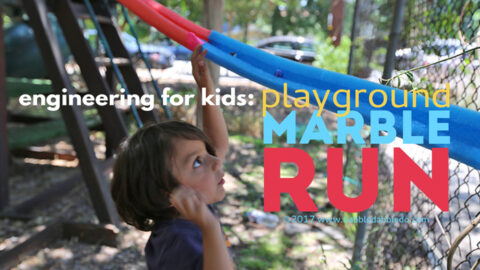

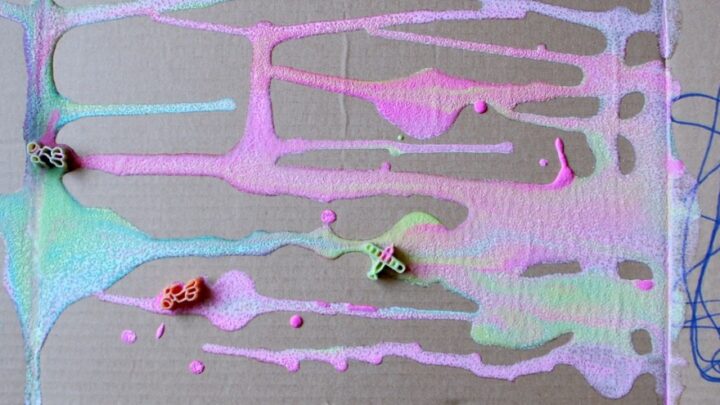

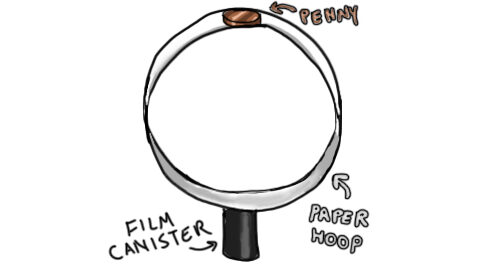




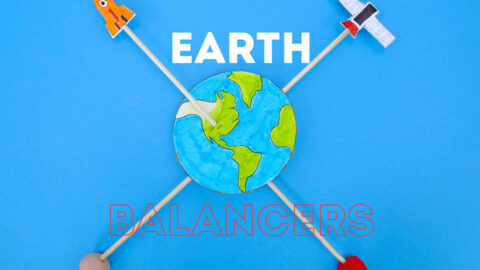
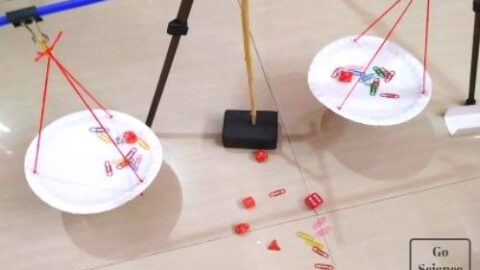




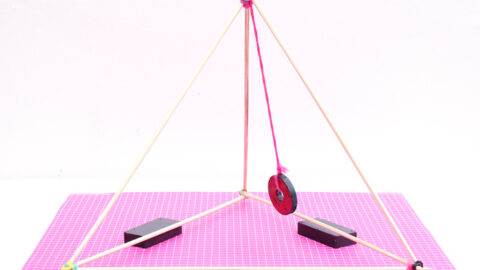
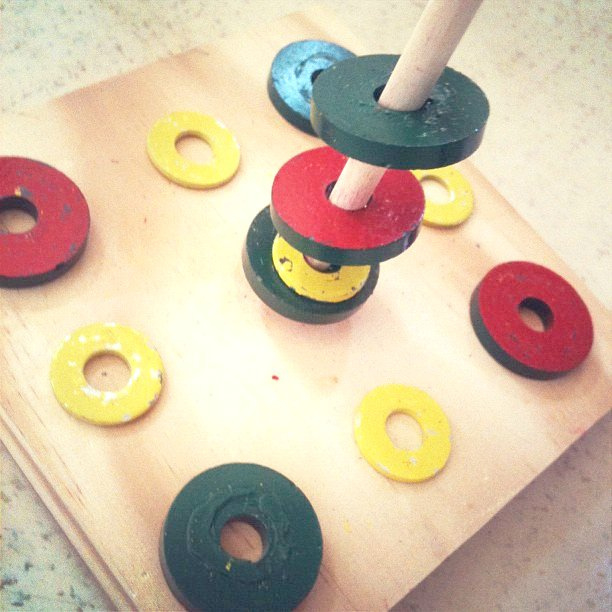



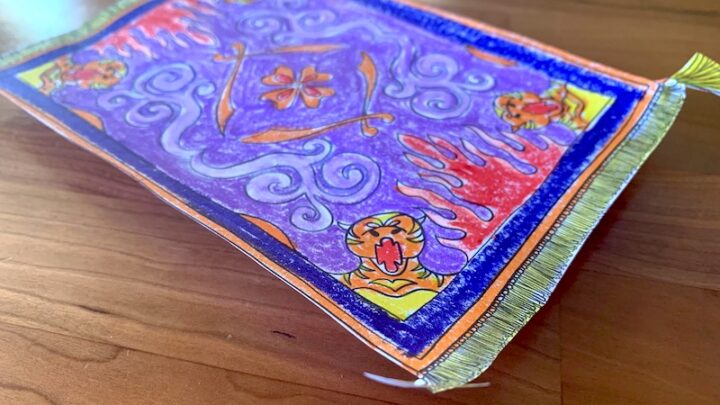
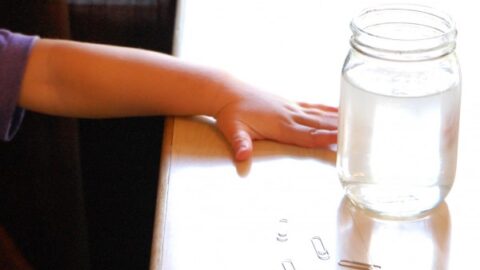
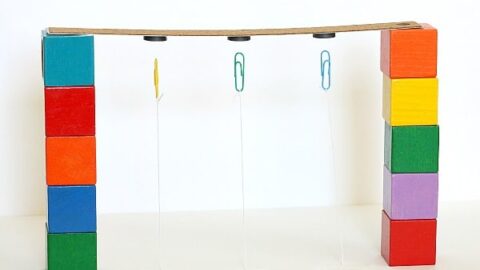
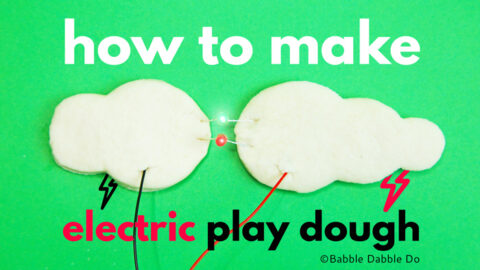
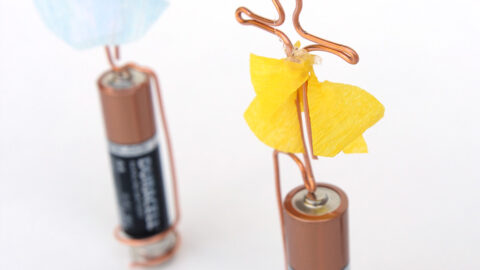
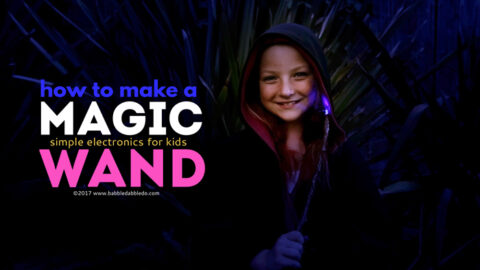
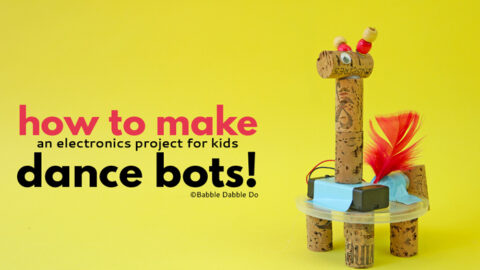

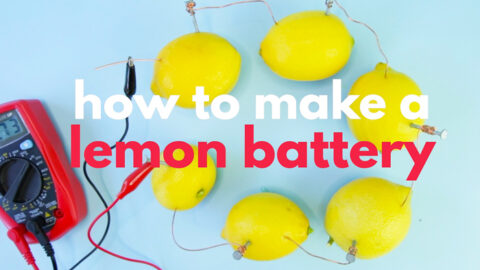

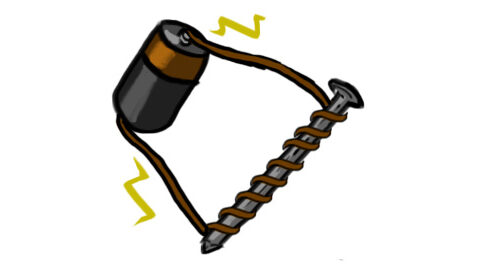

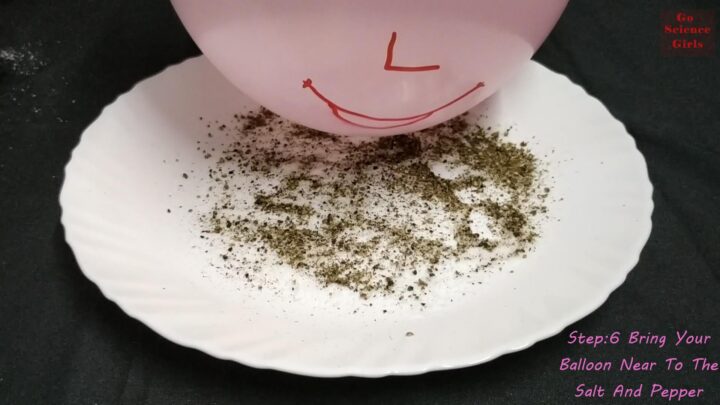
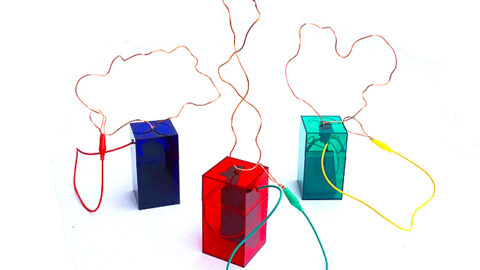
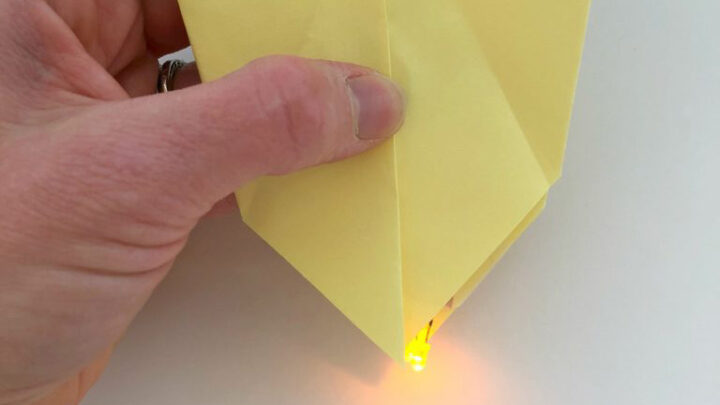





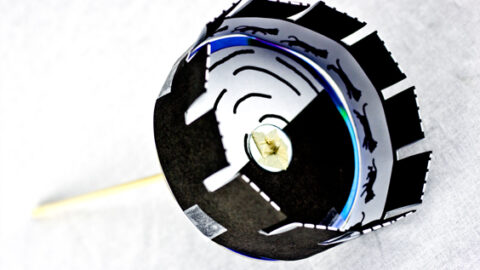

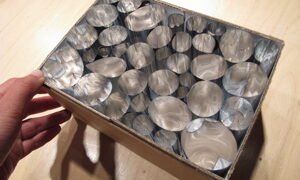











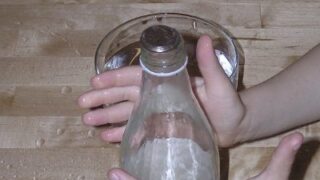




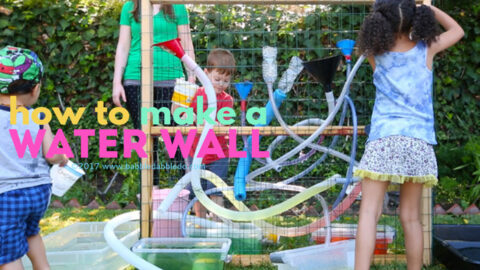

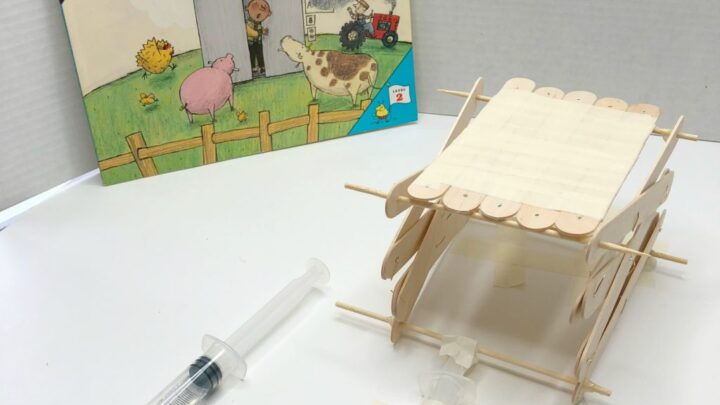


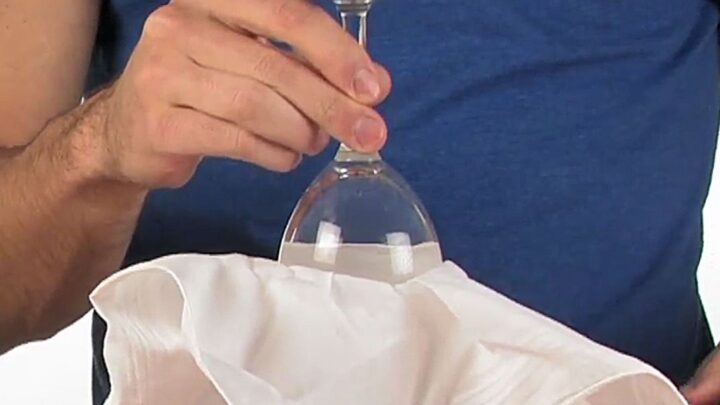

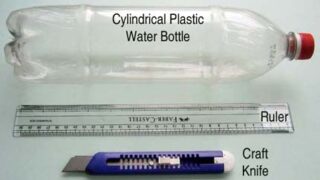


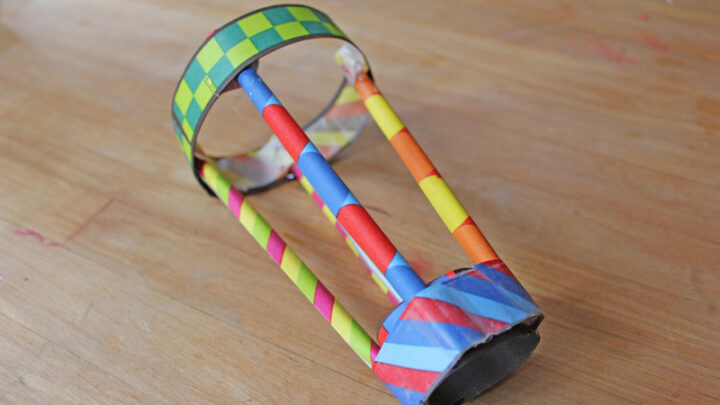
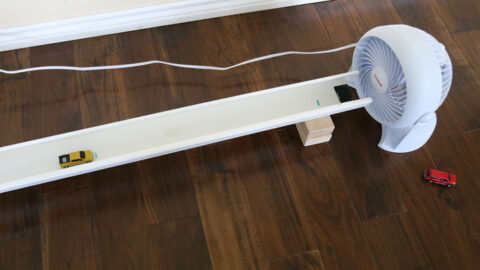




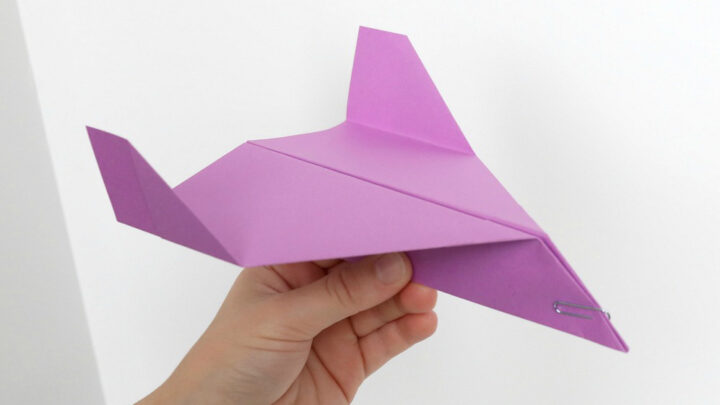
Leave a Reply